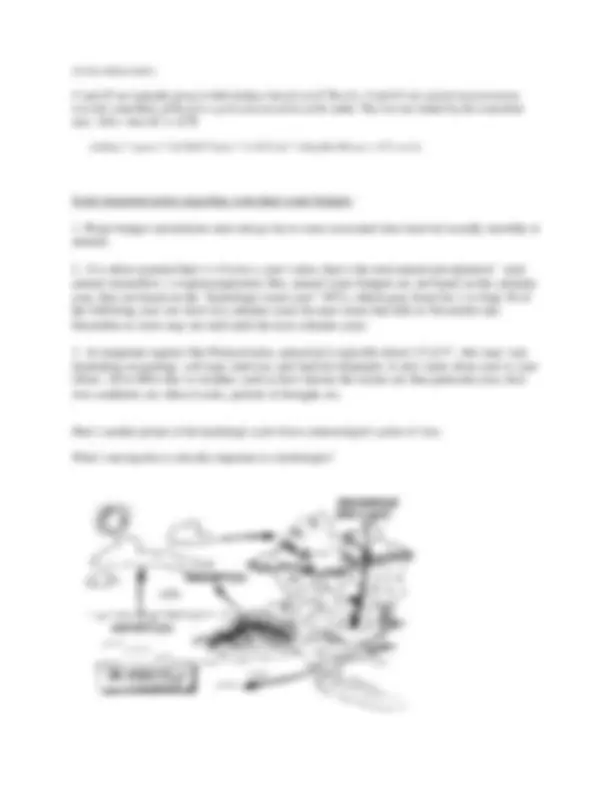



Study with the several resources on Docsity

Earn points by helping other students or get them with a premium plan


Prepare for your exams
Study with the several resources on Docsity

Earn points to download
Earn points by helping other students or get them with a premium plan
Community
Ask the community for help and clear up your study doubts
Discover the best universities in your country according to Docsity users
Free resources
Download our free guides on studying techniques, anxiety management strategies, and thesis advice from Docsity tutors
An overview of the hydrologic cycle and the mathematical representation of the water budget equation for a watershed. It discusses the components of the equation, including precipitation, evapotranspiration, streamflow, and water storage. The document also explains the importance of time intervals and the concept of the hydrologic water year. Students of civil or environmental engineering may find this document useful for understanding the hydrologic cycle and water budget calculations.
Typology: Study notes
1 / 2

This page cannot be seen from the preview
Don't miss anything!


The Hydrologic Budget CE 421, Fall 2005
The hydrologic cycle is represented graphically below :
(source: http://pa.lwv.org/wren/pubs/primer.html)
Mathematically , we represent this picture for a watershed (the control volume) as:
where S = total storage of water in the watershed, I = inflows, O = outflows
As you learned in fluid mechanics, this equation can be applied to any control volume (tank, lake, watershed, etc.). For a watershed, the boundaries are typically defined by the land surface (top), the bedrock surface (bottom), and topographic divides (sides).
Now, assuming (1) all groundwater in the watershed eventually discharges to the stream (might not be true for some geologic settings), and (2) there are no anthropogenic transfers of water across watershed boundaries, we can write the water budget equation for the watershed as:
where P = precipitation, ET = evapotranspiration, Q = streamflow (baseflow + runoff) at the watershed outlet, and S = water storage (groundwater, soil moisture, lakes, snow, glaciers)
A note about units :
P and ET are typically given in L/t (in/day), but Q is in L^3 /t (cfs). P and ET are spatial measurements over the watershed, while Q is a point measurement at the outlet. The two are related by the watershed area: L/t x Area ( L^2 ) = L^3 /t
(in/day) * (acres) * (43,560 ft^2 /acre) * (1 ft/12 in) * (1day/86,400 sec) = ft^3 /s or cfs
Here’s another picture of the hydrologic cycle from a meteorologist’s point of view.
What’s missing that is critically important to a hydrologist?